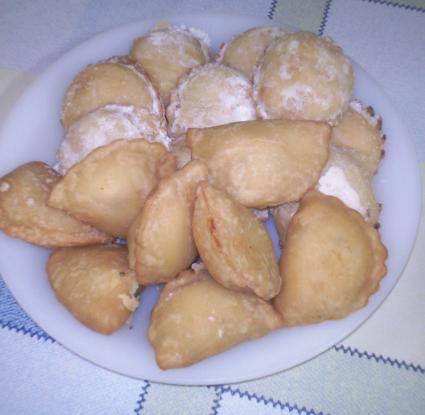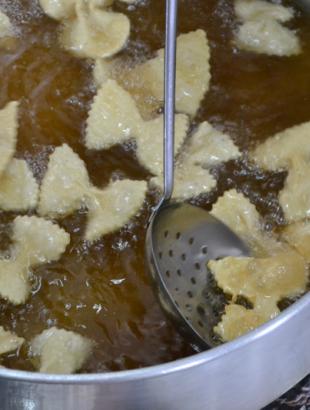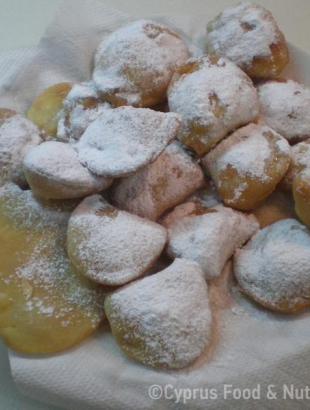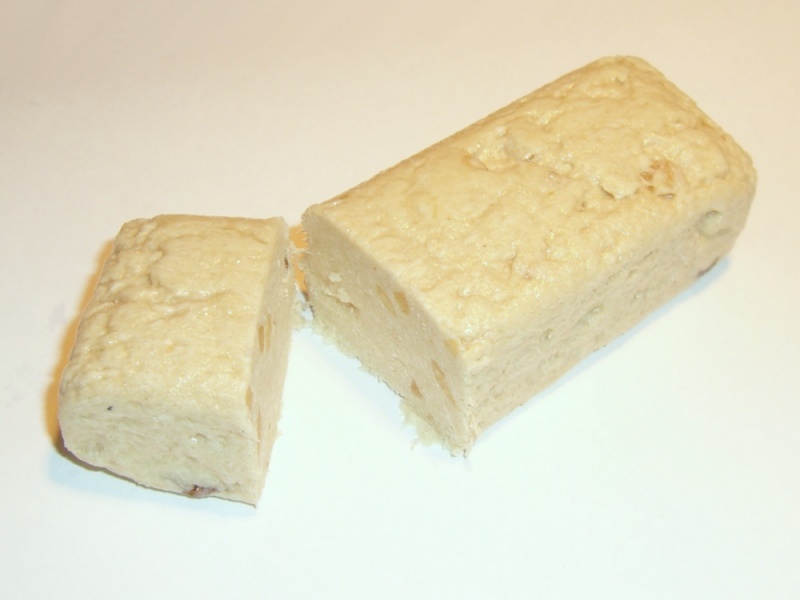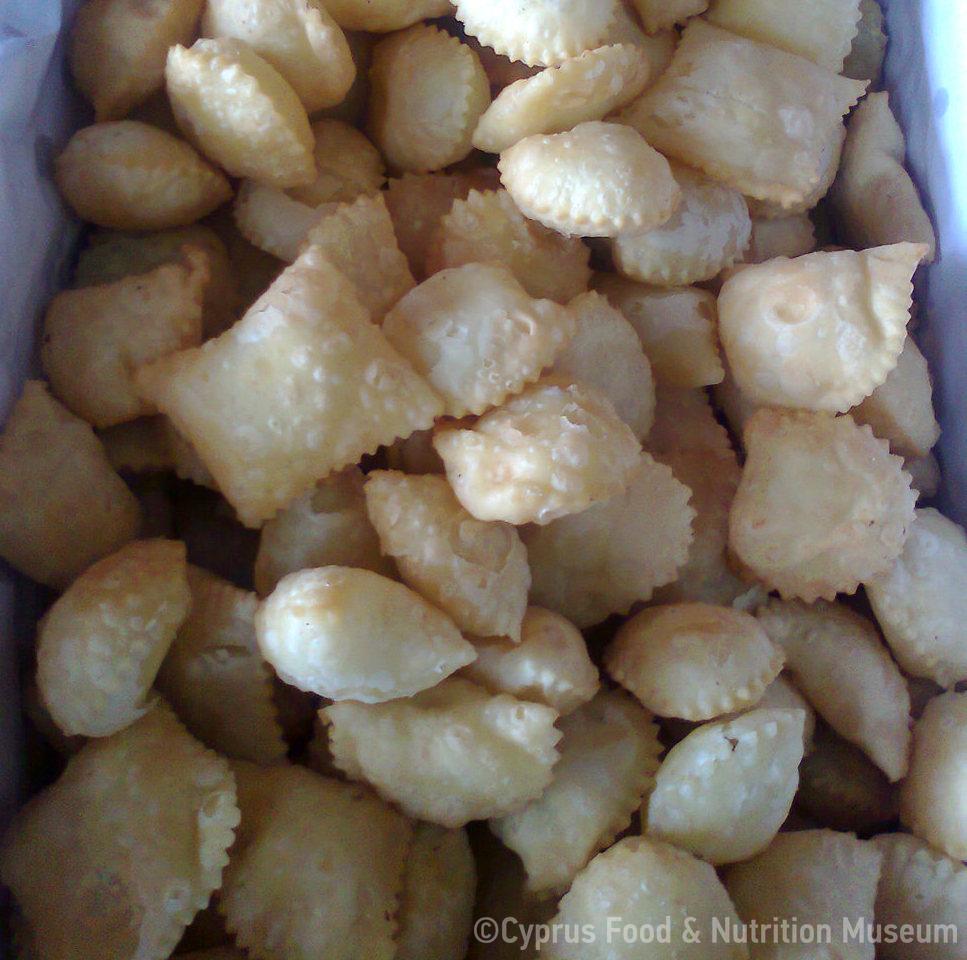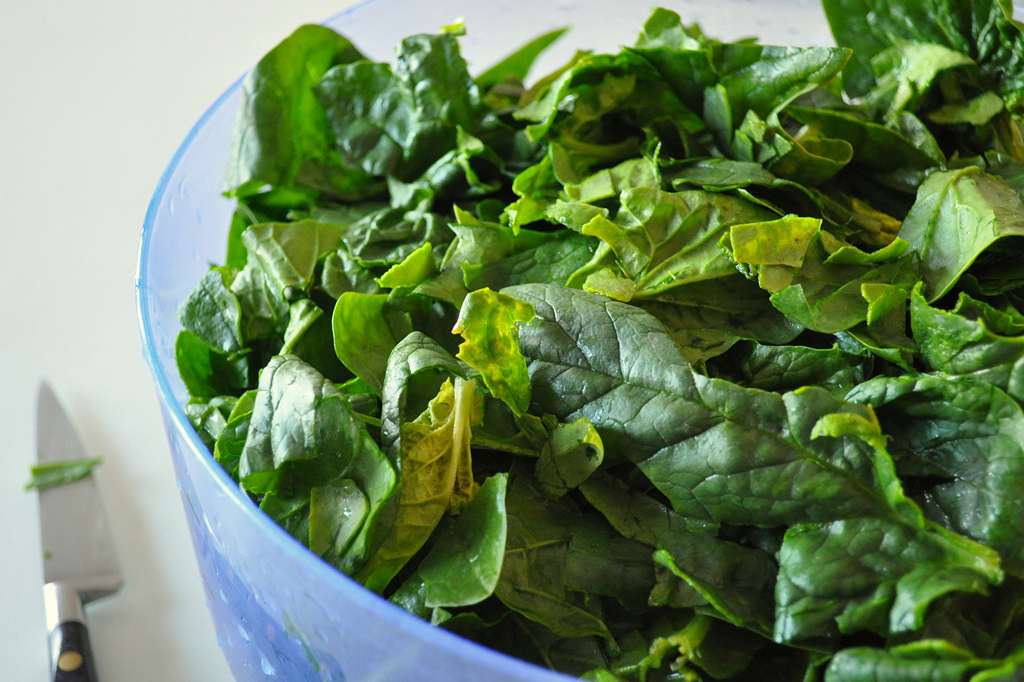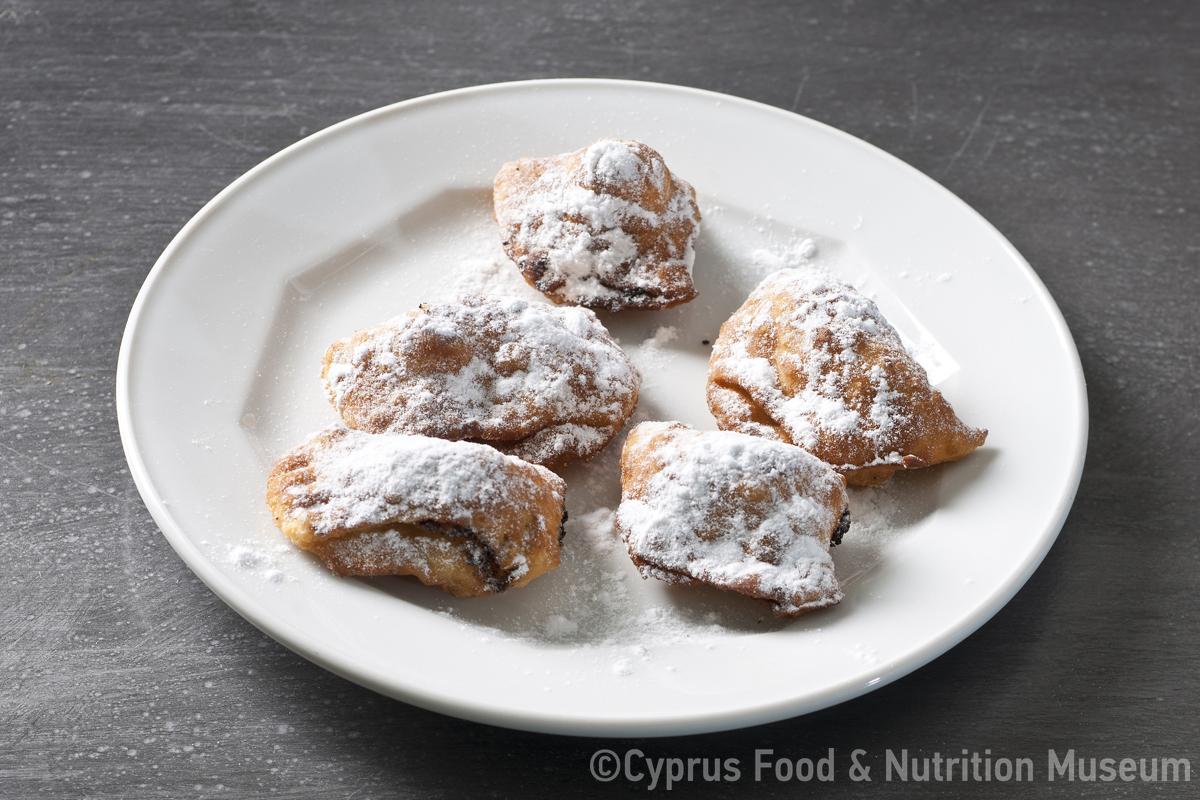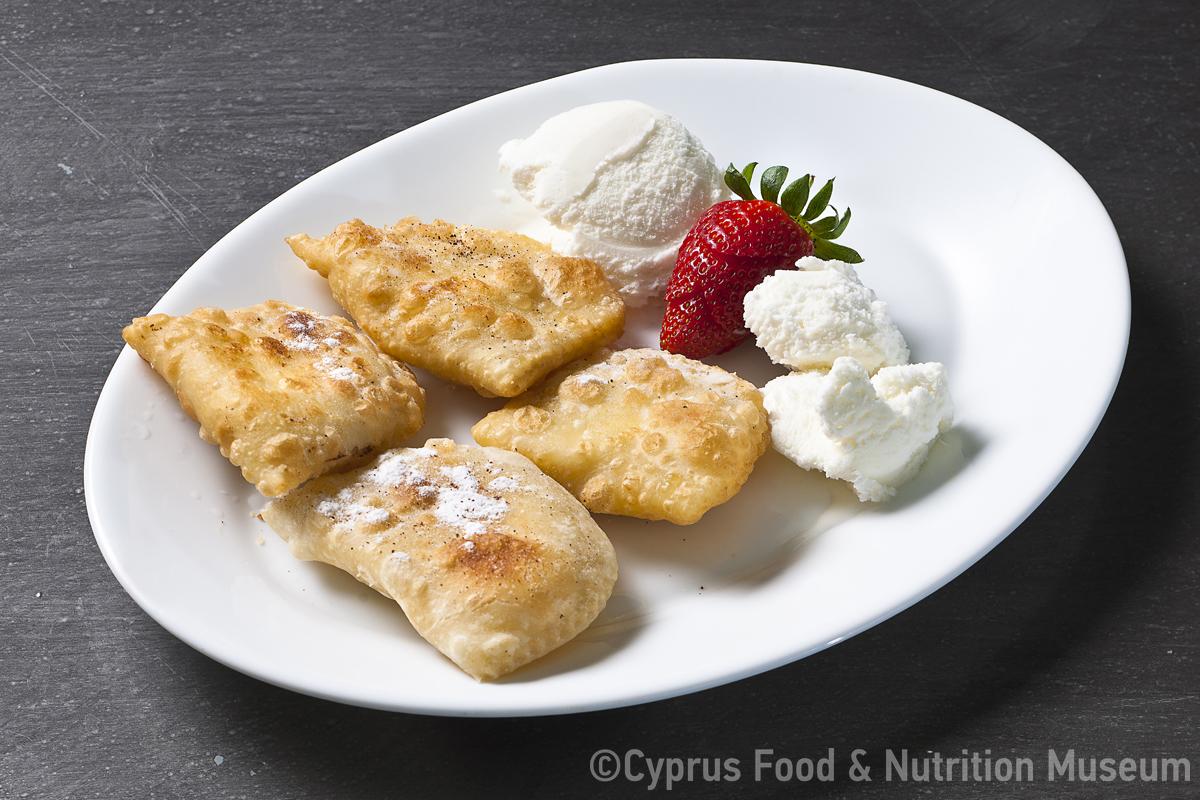Pourekkia, bourekia, buraq, börek, hellibouri etc.
Name - Origin
Μπουρέκια.
Pourekia are pastries that enclose a variety of fillings such as various types of cheese (halloumi, anari etc) or minced meat (Petrou-Poeitou 2013, Πουρέκι, 99) or mushrooms, wild herbs, halva and others. They can be sweet or savoury pastries.
ETYM. < Arabic buraq (Petrou-Poeitou 2013, Πουρέκι, 99) or Turkish börek (Yangoullis 2014, entry πουρέκκιν,το, 439), meaning spinning (Petrou-Poeitou 2013, Πουρέκι, 99).
Pourekia were small in shape and for their preparation, housewives would open a sheet of dough and put the filling inside and enclose the filling by folding the rest of the sheet on top or by placing a second sheet of dough on top and pressing the edges of each individual poureki together. There were various types of filling, including halloumi, anari, minced meat, greens, mushrooms, red pumpkin and others (Kypri - Protopapa 2003, 248).
Functional and symbolic role
Pourekia were small in shape and were baked either on the satz̆in [satz̆i = cooking vessel, shallow clay tray with two handles or a metal plate on which various kinds of pittes were baked] or fried. Pourekia with anari had a filling of anari cheese, cinnamon and sugar and were either fried or baked in the satz̆in, after being brushed with oil or tsippan (tsippa = milk cream). Pourekia with halloumi were also called halloumétina and were savoury; the filling consisted of mixed grated halloumi, fried onion and coriander. When eggs were added to the filling, they were called "hellibouri". These pourekia were baked on the satz̆in or fried. In the occupied villages of Nikitas, Koma tou Yialou and Mia Milia, it was customary to prepare pourekia with minced pork meat; in Koma tou Yialou, the minced meat filling was soaked in wine, vinegar and coriander for 6 to 8 days, then, it was sautéed before filling the pourekia which would be baked on the satz̆in or fried. Some common fillings were also the wild greens and/or mushrooms or red pumpkin mixed with bulgur wheat and herbs/ spices, which were customary during periods of fasting.These pourekia were baked on the satz̆in or fried (Kypri - Protopapa 2003, 248-250, 258).
Pourekia with anari or halloumi were prepared during Cheesefare Week (Tyrophagou), while pourekia with minced meat were prepared during the the last week of meat eating (Kreatophagou), i.e before Cheesefare week (Kypri - Protopapa 2003, 120). Pourekia with wild greens were common during the fasting period (Kypri - Protopapa 2003, 121).
Additional information and bibliography
Yangoullis K. G. (2009), Θησαυρός Κυπριακής Διαλέκτου. Ερμηνευτικό, Ετυμολογικό, Φρασεολογικό και Ονοματολογικό Λεξικό της Μεσαιωνικής και Νεότερης Κυπριακής Διαλέκτου, Βιβλιοθήκη Κυπρίων Λαϊκών Ποιητών, Theopress Publications, Nicosia.
Kypri Th. - Protopapa K. A. (2003), Παραδοσιακά ζυμώματα της Κύπρου. Η χρήση και η σημασία τους στην εθιμική ζωή. Publications of the Centre for Scientific Research, XVIII, Nicosia.
Petrou-Poeitou E. (2013), Από πού κρατάει η σκούφια τους. Λέξεις και ιστορίες από τον κόσμο της γεύσης, Epiphaniou Publications, Nicosia.
Demetra Demetriou, Argyro Xenophontos

